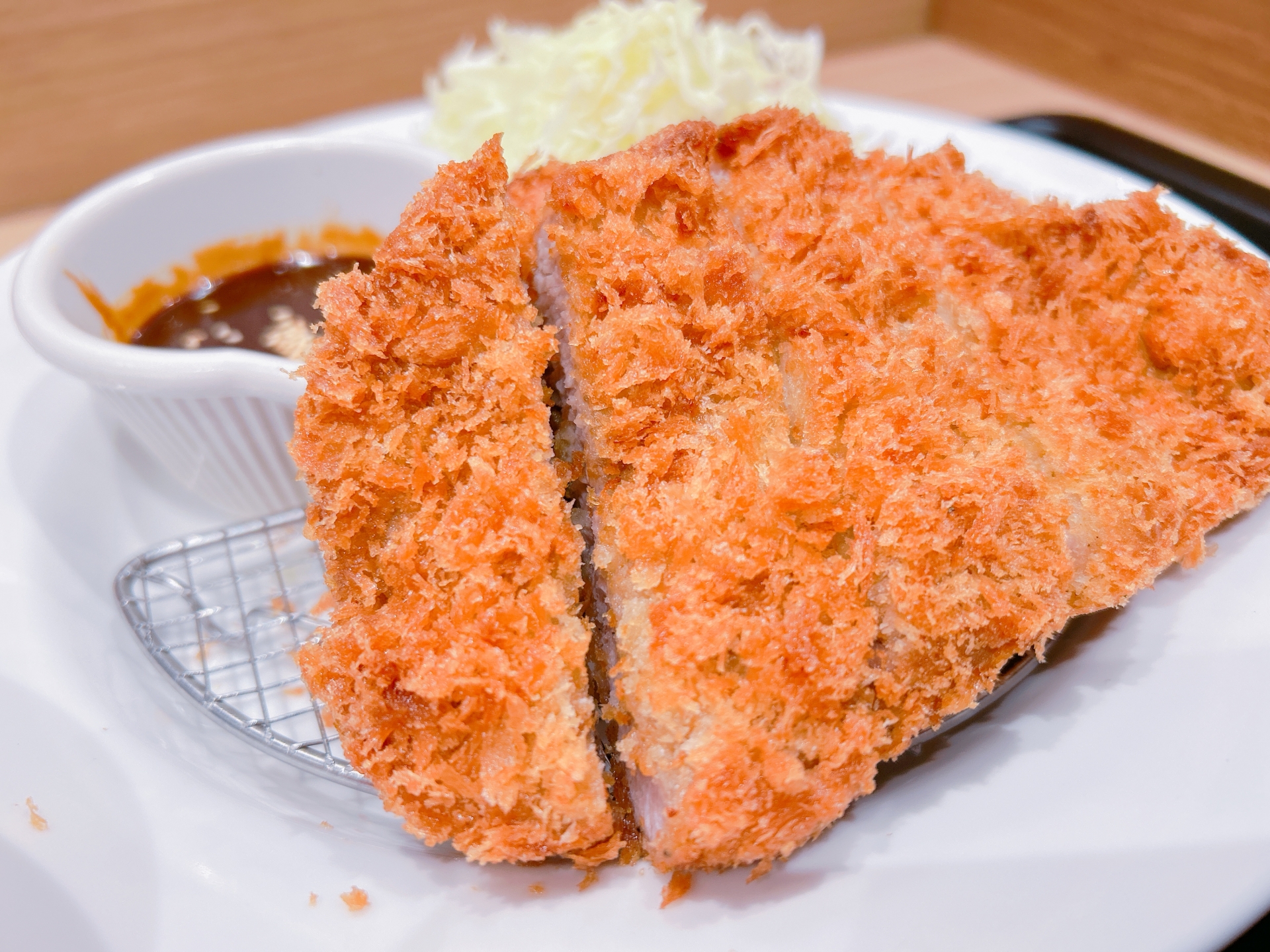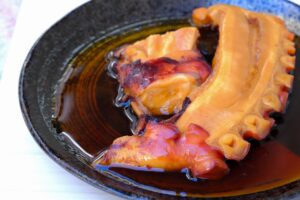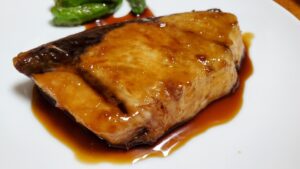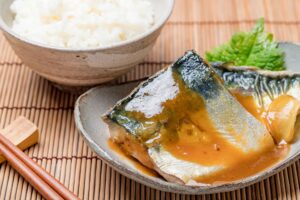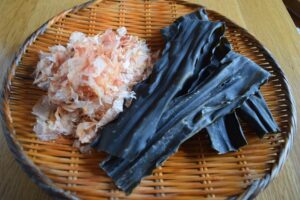Tonkatsu is one of Japan’s most iconic comfort foods—crispy, juicy pork cutlet coated in panko and deep-fried to golden perfection. In this guide, we explore the origins of Tonkatsu, its preparation methods, how it differs from other similar dishes, and how you can enjoy it at home or in Japanese restaurants around the world.
What Is Tonkatsu?
Tonkatsu is a beloved Japanese dish consisting of a breaded and deep-fried pork cutlet. Typically made from either pork loin (rosu) or tenderloin (hire), it is coated in flour, dipped in beaten egg, and covered in panko breadcrumbs before being fried to golden crispiness. What sets Tonkatsu apart is its light, flaky coating and juicy interior, offering a satisfying contrast in textures.
Traditionally, Tonkatsu is served with shredded raw cabbage, steamed white rice, miso soup, and a thick, tangy tonkatsu sauce that resembles a sweeter version of Worcestershire sauce. It is a staple in both home cooking and Japanese restaurants, often enjoyed as a hearty lunch or dinner option. For many, it’s an accessible entry point into Japanese cuisine, balancing Western-style flavors with uniquely Japanese presentation and accompaniments.
History and Origins of Tonkatsu
Tonkatsu’s origins can be traced back to the late 19th century during Japan’s Meiji era, a period marked by rapid modernization and Westernization. Inspired by the Austrian schnitzel, Tonkatsu emerged as part of “yōshoku” cuisine—Western-influenced dishes adapted to Japanese tastes. Originally referred to as “katsuretsu” (cutlet), it was first prepared with beef before pork became the preferred meat due to its availability and texture.
As it evolved, Tonkatsu became deeply embedded in Japanese food culture. Specialized Tonkatsu restaurants began to appear in the early 20th century, offering finely tuned versions with house-made sauces and expertly prepared pork. Regional adaptations also began to flourish, such as Nagoya’s miso katsu. Today, Tonkatsu is more than just a Western transplant; it has become a quintessential Japanese comfort food, beloved by generations.

How to Make Tonkatsu at Home

Making Tonkatsu at home is surprisingly straightforward. Here’s a basic outline to get you started:
Ingredients:
- Pork loin or tenderloin (about 1-inch thick)
- Salt and pepper
- All-purpose flour
- Beaten eggs
- Panko breadcrumbs
- Oil for deep frying (vegetable or canola)
Steps:
- Trim excess fat and pound the pork to even thickness.
- Season both sides with salt and pepper.
- Dredge the pork in flour, then dip into the beaten eggs, and finally coat thoroughly with panko.
- Heat oil to 350°F (175°C) and fry the cutlets until golden brown, about 5-6 minutes per side.
- Let rest on a wire rack before slicing.
Healthier Options:
- Oven-Baked: Use a wire rack on a baking sheet at 400°F (200°C) for 20-25 minutes.
- Air-Fried: Cook at 375°F (190°C) for 12-15 minutes, flipping halfway.
| Method | Texture | Oil Usage | Cook Time |
| Deep-Fried | Crispiest | High | ~10 mins |
| Oven-Baked | Moderately Crispy | Low | ~25 mins |
| Air-Fried | Crispy | Very Low | ~15 mins |
Popular Tonkatsu Variations
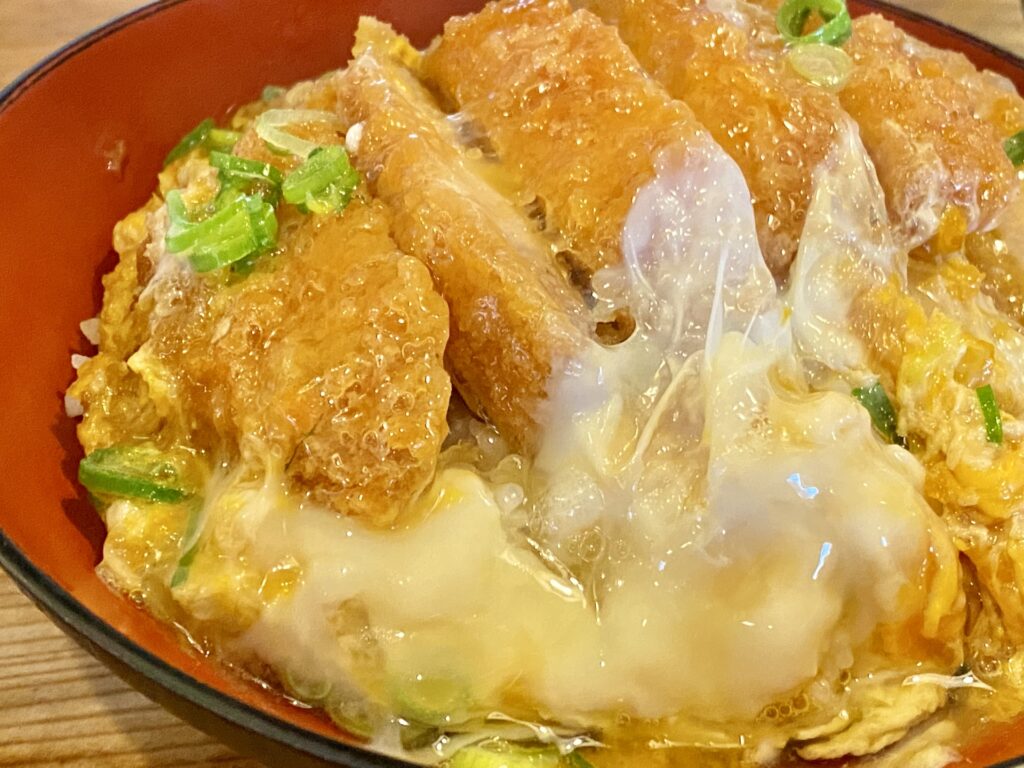
Tonkatsu is incredibly versatile, and over time, several popular variations have emerged:
- Chicken Katsu: Made with chicken breast instead of pork; lighter and just as crispy.
- Katsudon: Sliced Tonkatsu simmered in a sweet-savory egg mixture and served over rice.
- Katsu Curry: Tonkatsu served with rich Japanese curry and rice.
- Miso Katsu: A specialty from Nagoya, featuring Tonkatsu topped with a thick, sweet miso-based sauce.
| Variation | Protein | Sauce / Topping | Region / Note |
| Chicken Katsu | Chicken | Tonkatsu sauce | Popular alternative |
| Katsudon | Pork | Egg + Dashi sauce | Comfort food classic |
| Katsu Curry | Pork | Japanese curry | Nationwide favorite |
| Miso Katsu | Pork | Miso sauce | Nagoya specialty |
Tonkatsu Sauce and Common Side Dishes
Tonkatsu sauce is an essential component of the dish, made from fruits, vegetables, and spices blended into a rich, tangy condiment. Its flavor is similar to a sweeter, thicker Worcestershire sauce. Popular brands include Bull-Dog and Kikkoman, or you can make your own using ketchup, soy sauce, Worcestershire, and sugar.
Common side dishes that accompany Tonkatsu:
- Shredded Cabbage: Fresh and crunchy, it balances the richness.
- Steamed Rice: A neutral base that complements the flavors.
- Miso Soup: Adds warmth and umami.
- Tsukemono (Japanese Pickles): Adds a tangy bite and color contrast.
For authentic presentation, slice the Tonkatsu into strips and serve on a plate next to a mound of cabbage, with rice and miso soup on the side.
Where to Eat Tonkatsu Outside of Japan
If you’re craving Tonkatsu outside Japan, you’re in luck. Many Japanese and Asian fusion restaurants in the U.S. serve authentic versions. Notable chains expanding internationally include:
- Saboten: Originating in Japan, now with locations across Asia and North America.
- Maisen: Famous for its tender pork and stylish Tokyo flagship.
- Tonkatsu Ginza Bairin: Known for its luxurious cuts and refined presentation.
You can also find Tonkatsu in Japanese supermarkets, food courts, and ramen shops. Look for menus that emphasize panko-fried pork and house-made sauces for the most authentic experience.
Tonkatsu vs. Similar Dishes
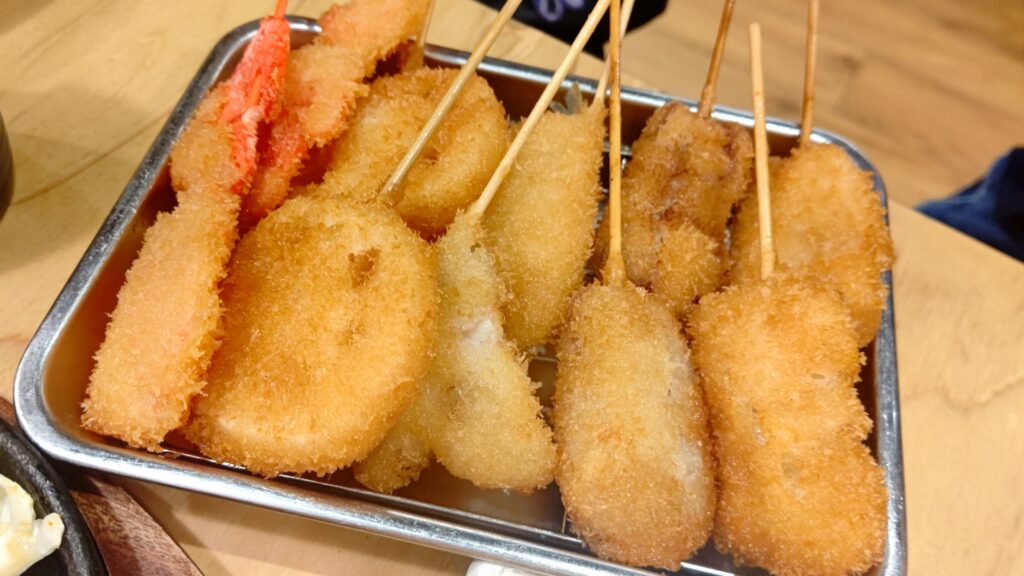
Tonkatsu is often confused with other breaded dishes. Here’s how it compares:
| Dish | Origin | Protein | Cooking Method | Sauce / Flavor Profile |
| Tonkatsu | Japan | Pork | Deep-fried | Sweet-savory Tonkatsu sauce |
| Chicken Katsu | Japan | Chicken | Deep-fried | Similar to Tonkatsu sauce |
| Tempura | Japan | Seafood/Veg | Light batter fry | Light, served with tentsuyu |
| Schnitzel | Austria | Pork/Veal | Deep-fried | Lemon, mustard, or gravy |
While Schnitzel inspired Tonkatsu, the Japanese version is thicker, juicier, and served with entirely different condiments and sides.

Conclusion: Why Tonkatsu Deserves a Spot on Your Plate
Tonkatsu is more than just fried pork—it’s a cultural experience, a culinary fusion, and a satisfying meal all in one. From its European roots to its current role as a Japanese staple, Tonkatsu offers both comfort and depth of flavor. Whether you enjoy it in a bento box, atop curry, or sandwiched in a crustless loaf, there’s a version for everyone.
Try making Tonkatsu this weekend, explore regional variations like miso katsu, or seek out a specialty restaurant near you. Either way, you’re in for a crispy, savory treat that perfectly captures the spirit of Japanese comfort food.

